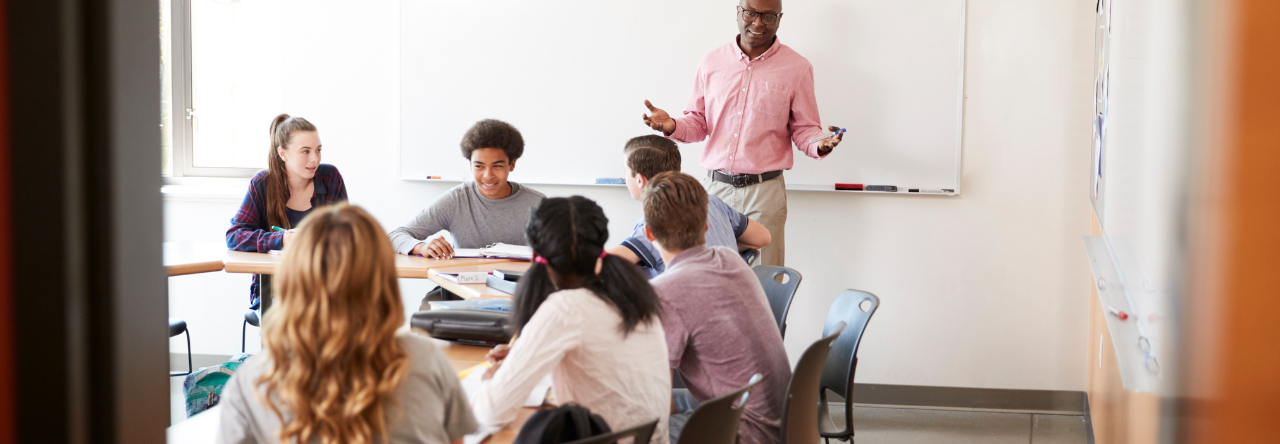David Attenborough calls the human population “a multiplier for all other environmental problems” in People and Planet (2011). With an increase in population over the past 67 years, humans have had a significant impact on the environment.
The energy sector is responsible for depleting natural resource and climate change. The change in predator-prey interactions that disrupt food chains is not just due to light pollution. The sprawling cities and transport networks that connect them to the rest of the world are destroying habitats and tearing up vast areas of land. These are just a few of the many human impacts that have a profound impact on the environment. A wide range of photographers are available to expose the environmental impact of humans on the environment, directly or indirectly. Daniel Beltra photographs the impact of humans, sometimes as a Greenpeace photographer. Edward Burtynsky shows how humans can overwhelm the environment by photographing the balance of the two. Nadav Khander looks at the urbanization and nature in Yangtze – “The long river”. Joel Sternfield is another example of the New York balance between nature and urban, with nature taking over. Mitch Epstein explores the impact of energy on American lives. (Epstein, No date)
Deepwater Horizon, which was a 2010 oil spillage, is now considered to be the worst marine oil pollution in petroleum industry history. It occurred after 4.9M barrels of oil had been polluted into Gulf of Mexico. It caused the death of 11 people and severe effects to the marine system. For instance, 0.1% fish in the Gulf had sores or lesions before the spillage, but some areas were 50% full after the spillage.
Daniel Beltra is an environmental photographer. One of his most popular series, “Spill”, is about the Deepwater Horizon oil spillage. Beltra spent 2 months photographing the oil leakage from an Aerial perspective. He did this to show the enormity of the tragedy. The Oil streak serves as a lead line that draws your attention to the corner of the picture. The boat metaphorically acts as humans in this environment… disturbing an oil spillage, shown by the interconnected coherent lines. It acts as a lead line, as the viewer looks at the boat’s origin and destination.
The image appears almost like a painting. It also makes me wonder if Photoshop was used. Beltra, however, says “I shoot raw images and adjust the contrast and saturation. Nothing is added to or subtracted. Aerial photography has one major disadvantage. It makes it difficult to see the impact of human activity because he is so far away.
Oil spillage #20 addresses the issue. This is the only photograph in this series that breaks with the tradition of aerial photography. 8 Brown Pelicans are covered in crude oil and are awaiting cleaning at International Bird Recuse Research Center.
It was a surprise to me when I first saw it. First, because of the poor condition of the birds due to the oil spillage. Second, because Beltra abruptly ends the series’ series genre. She takes the drama out of disaster and portrays animals who have been directly affected by the disaster. While it would make sense to capture the image in landscape so that all birds are included in the frame, Beltra decided to take it in portrait.
This works because it makes the birds look more secure, magnifying their distress. Additionally, the oil allows the capture of the bird’s cloth which can be smothered in oil to show the true severity of the situation.
The “Spill” series plays a crucial role in conservation. Beltra stated that his work is different from other photojournalists because of the beauty of his photographs. This has allowed my work to be displayed in public spaces, such as aquariums and galleries, where it can have a longer live and a larger audience.” (Hirsch (2012). It also means that people who are not interested in conservation may be more inclined to take part in Beltra’s work.
